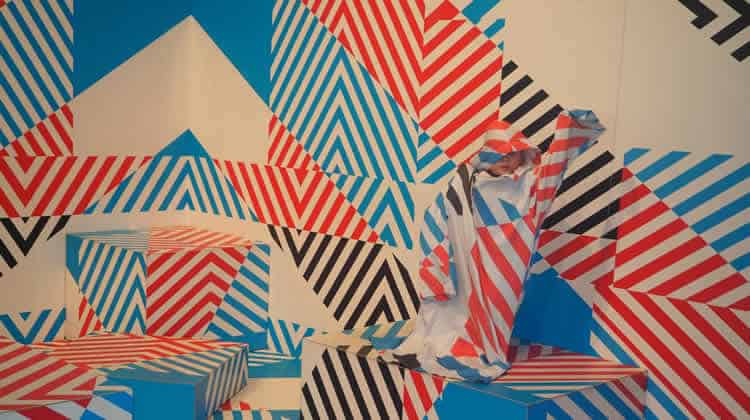Many brands, especially those that are not yet established, and constantly looking for ways to stand out, may go through several brand overhauls in their lifetimes. For your modular framework, the ability to update the design to accommodate completely different branding elements should be just as easy as reassigning new font files and new color codes to only a few different variables.
You may want to add more fonts or add additional logic by way of additional variables. Our original example only included a headline, body, and UI fonts, when your system can expand based on your content to include things such as a meta-information font, caption font, citation font, or whatever your product might require based on your content. It is ultimately up to you how you wish to construct your system. Read more info at
UI Design Course
The same goes for colors and assigning new hex codes to only a few existing variables. If anything, you may want to add some complexity to your color system to make your designs a little more dynamic and not as predictable.
For example, you might want to implement a random color scheme into your color system, or leverage techniques like using dominant colors from images to fill containers. You may want to consider how and if you can implement your chosen fonts and colors for your product on other platforms. If you can’t use custom color values or import typefaces, you may need to determine system/platform-based fonts and color fallback rules. For example, you only have access to a limited amount of typefaces on iOS, which are also different on Android, and Windows-based systems.
Since the convention we established on applying fonts and colors is based on a naming system dependent on functional usage (headline, body, UI, etc.), and a color naming system based on relative hierarchy (primary, secondary), it ultimately does not matter as much what the actual values are so we can ensure our design stays relatively consistent no matter where it appears.
UI Course Online
As new platforms emerge that you need to adapt your product onto, you should always be optimizing and evolving your core framework, and not simply making offshoots of your design. For screenless interfaces, you may need to employ elements like language and brand-voice into your framework. This may be done by establishing tone rules in your copywriting.
The Basic Unit
Whether you’re building a product from scratch or creating a new system for an existing product, your basic unit will require an endless amount of attention. Since your basic unit represents your absolute core set of data, all of your future work involves maintaining that data.
That includes adjusting the design to either take into account more data or finding ways to strip out data that’s been tested and verified to be excess. As your product develops and evolves through time, you’ll encounter several requests to always add more and more to your design. As the designer, you’ll need to be the gatekeeper of what core set of data you choose to expose within your basic unit. You should constantly be playing with various elements, determining what is and isn’t important to include as potential elements to manipulate and display.



Comments
Post a Comment